More than 2000 years ago, an Indian sage described yoga as “preventive, healing art, science, and philosophy” for the purpose of blending the mind, body, and spirit to achieve optimum health. Yoga is usually regarded as a practice most associated with healthy individuals. Some images portray yoga as a mystical, spiritual ritual associated with meditation and relaxation.
The physical aspects of yoga represent only two of eight components of the comprehensive practice of yoga. The first component, or “asanas,” refers to physical movements and postures. Some of the names of these movements and postures have entered mainstream vocabulary and many are now familiar with the terms “downward-facing dog” and the “lotus” position. The second component, “pranayamas,” refers to breathing techniques. The timing and coordination of breathing when holding or moving in and out of postures serve to link the mind and body. Therefore, as an added benefit, yoga may also produce a sense of well-being and renewed energy.
Physical therapists have only recently begun to embrace the postures and breathing techniques used in this ancient practice. Physical therapists have advanced education and training in human anatomy, human physiology, and the movement sciences. They are uniquely qualified to assess and identify deviations from normal movement and changes in physical performance which have developed as a result of an illness or injury. The underlying causes of movement dysfunction are vast and usually involve an interruption of the delicate interaction between the musculoskeletal, neurological, and cardio-respiratory systems of the body.
The physical therapist designs a plan of treatment to restore normal movement and to promote a return to the individual’s prior level of function. The incorporation of strength training, flexibility and stretching exercises, balance and coordination activities, and breathing techniques are mutually addressed by both the physical therapist and yoga practitioner. Therefore, yoga as a treatment adjunct in physical therapy has shifted from a practice used to promote “wellness” to an effective “rehabilitation” tool. The following examples serve to illustrate the incorporation of asanas and pranayamas to treat common physical therapy diagnoses:
A patient with chronic low back pain presents with tightness in the lumbar spinal extensors and posterior hip muscles. He performs the “child’s pose” to stretch the low back muscles and the “reclining big toe pose” to stretch the hamstrings. To increase core stability and to protect the spine from further injury, he strengthens weak abdominals by practicing the “cat pose” and “plank.”
A patient with Parkinson’s disease seeks physical therapy treatment because she is having difficulty reaching overhead and getting up out of a chair. Common characteristics of Parkinson’s disease include muscle stiffness, a tendency to develop a flexed posture, difficulty initiating movement, and impaired balance. Her home exercise program includes “Upward Salute,” in which she reaches overhead while standing, the “Chair Pose,” a small squat with arms overhead, and “The Warrior,” a side-lunge with the arms outstretched. All three of the exercises address decreased shoulder flexibility, hip and knee weakness, and the tendency to assume a flexed posture.
A group of patients is participating in a pulmonary rehabilitation program due to complications of COPD (chronic obstructive lung disease, e.g., emphysema). Emphysema destroys the air sacs in the lungs which eventually results in a reduction in the amount of oxygen that reaches the bloodstream. It also destroys the elasticity in the walls of the airways that feed the air sacs, and air is then trapped in the lungs when a person attempts to breathe out. Common characteristics of COPD include shortness of breath with minimal activity and a shallow, inefficient breathing pattern. The physical therapist instructs the participants in “Breathing Retention” to teach normal diaphragmatic breathing technique and “Skull Shining Breath” to teach forced expiration to effectively clear the lungs.
Physical therapists often must adapt traditional yoga techniques according to the patient’s age, body type, physical status, and disease process. The high demands of many of the movements and postures may be divided into parts of the whole activity so the patient can still receive the benefits at a modified level. Standing postures may be adapted for sitting, or single leg standing postures may be initially performed with both feet on the ground.
The addition of yoga practices to the comprehensive list of treatment options available to the physical therapist provides a creative and enjoyable approach to the treatment of a wide variety of musculoskeletal and neurological conditions.
Gina Malloy is a physical therapist with New Beginning Physical Therapy, Inc., an in-home therapy company. She has advanced certifications in treating people with neurological issues, especially stroke and brain injuries and can be reached at 760-218-9961 or online at NewBeginningPT.com.




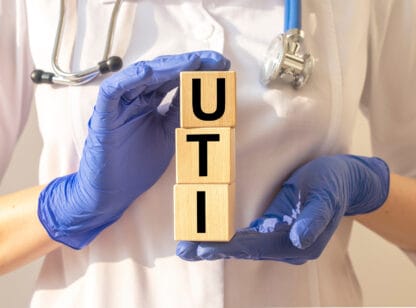





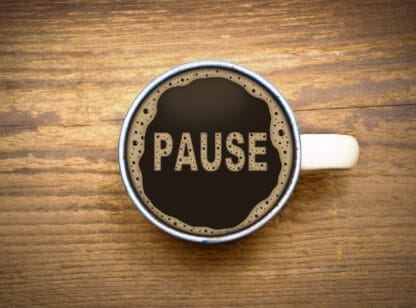
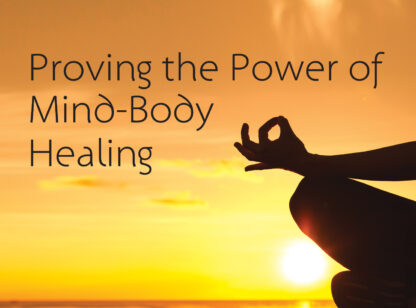

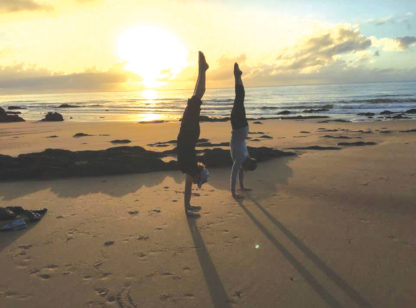


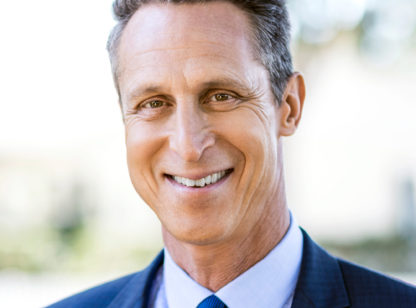





























Comments (0)